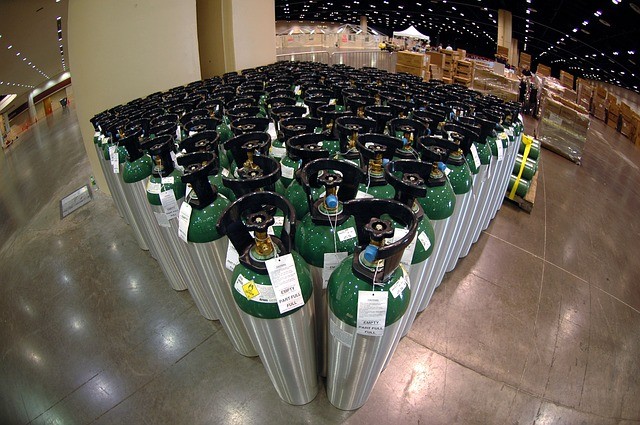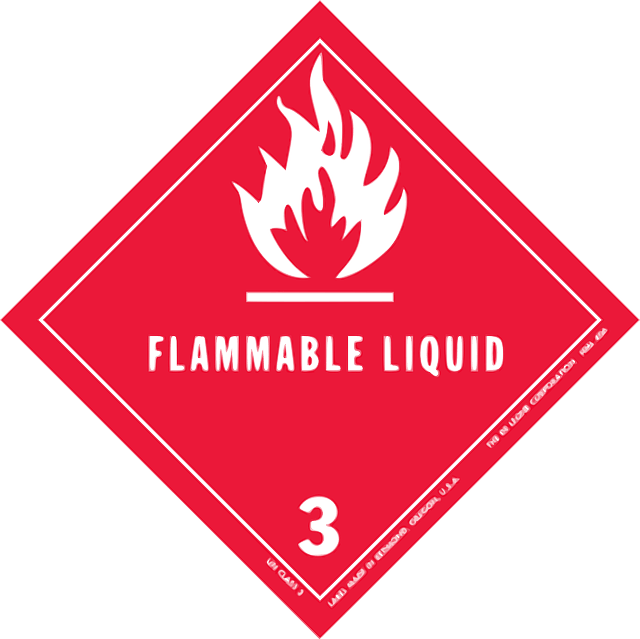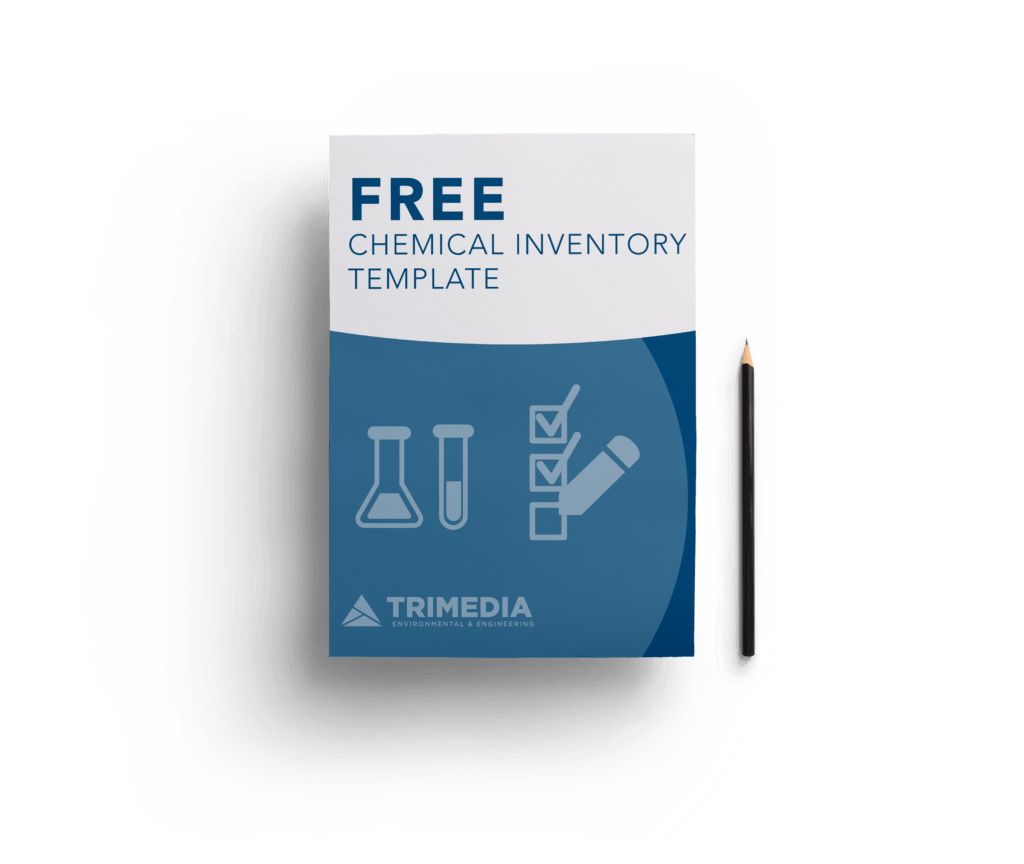When you hear the phrase “ chemical inventory ” you may think of laboratories, hospitals, and other sterile environments that tinker with test tubes on a daily basis – but OSHA’s Hazard Communication Standard (HCS) rules apply to almost all workplaces. In a nutshell, the rules aim to protect employees against physical and health-related hazards presented by chemicals in the workplace.
You may find that you’re almost compliant with HCS rules already, but without a thorough chemical inventory, you’re missing the true foundation of a solid program.
Think of a chemical inventory as your base “compliance checklist”. Because no workplace has the same chemical hazards, the inventory will help identify those present. Once you survey your workplace for all the chemicals hanging around, you’ll know exactly what you need for the rest of your program.
We’ve prepared a basic step-by-step guide here to help you get started with putting together an effective program.
Appoint a champion
You’re going to want someone to head up your program, including keeping tabs on your running chemical inventory. In bigger organizations or facilities, this will probably be the Environmental Health & Safety manager or related. On a smaller scale, the responsibility may fall to a facilities or plant manager.

Clean and organize
Before you even start, make sure to do a little spring cleaning. Organize your workspace. Take this as a chance to (properly) dispose of any expired or unused paints, chemicals, or cleaning products.

Perform your workplace survey
When you start performing the survey of your workplace, it is important to remember that HCS covers not only liquid chemicals, but also vapors, gas, solids, mists, etc. Any hazardous chemicals that your workers are or could be exposed to, write it down. Don’t be afraid to record too much – things can always be taken off later.
Record all the details
Again, don’t be afraid to record too much. Consider recording expiration dates, location found, and employees that have been trained to handle the chemical.

Label all your containers
It is highly recommended that your labeling remains consistent across all of your facilities, and hazards are clearly labeled with colors and symbols. Containers coming from manufacturers should have GHS (Globally Harmonized System) already on them. Clear, symbolic labels make it easier to recognize hazards at a glance and also assist non-English speakers. You may have containers labeled and color-coded with health hazards, fire hazards, instability hazards, or other more specific hazards for containers filled in-house.
Obtain SDSs
It’s one thing to label all of your containers – a step that should never be skipped. If a worker does somehow come in contact with the hazard, they will need to know exactly how to combat any adverse effects. That’s where the Safety Data Sheets (SDSs) are of the utmost importance.
SDSs should be supplied by the manufacturer on first shipment and with any major overhauls to the SDS. If you do not have an SDS for any given chemical, you can contact the manufacturer with a formal request. Remember to keep track of any requests, as it proves due diligence on your part.
It is required to have an SDS of all chemicals covered by the rule you have on site, and they should be made available to all employees. If you don’t have one for a particular chemical, the employee should not handle it.
A thorough chemical inventory is only one part of a through Hazard Communication (HAZCOM) program, but it is an important first step.
Ready to get started? We put together a free template that you can download here.


